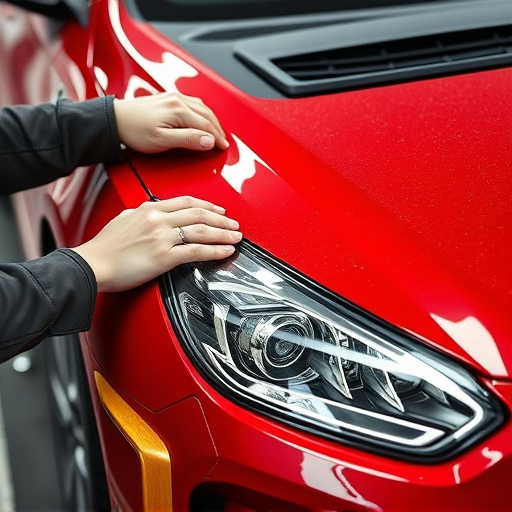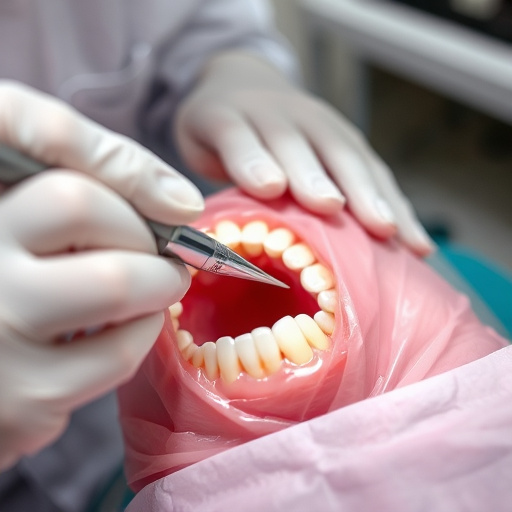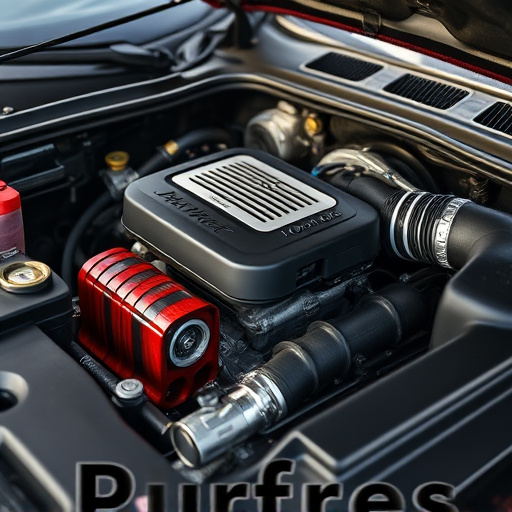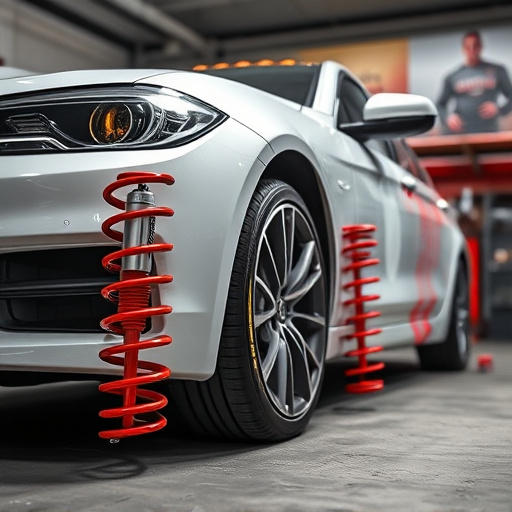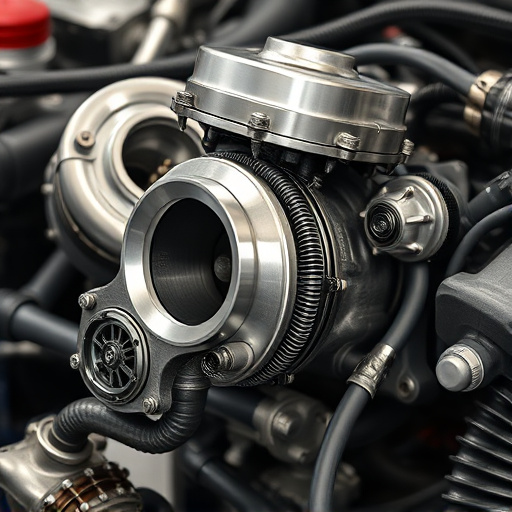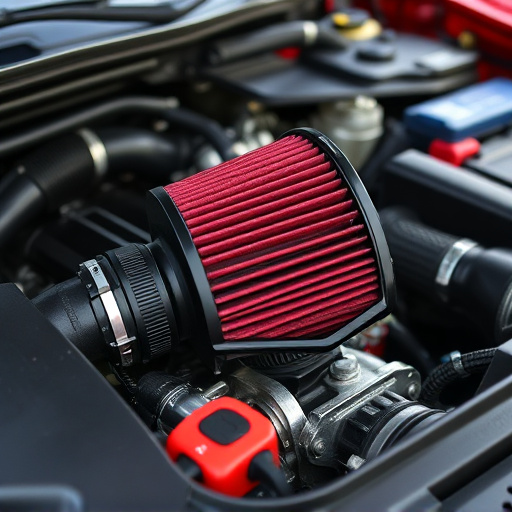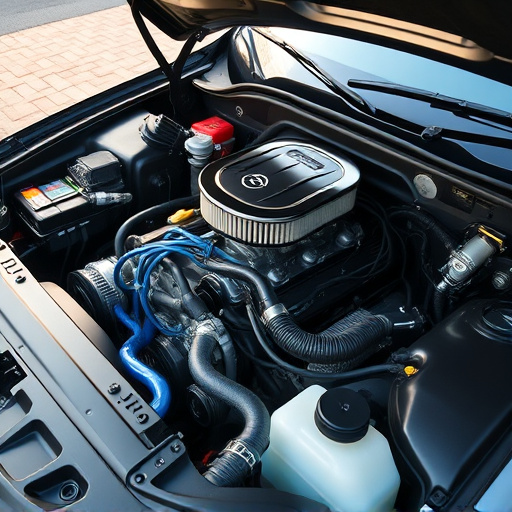Worn brake pads and rotors increase braking distances and compromise control, posing significant safety risks. Regular inspection and replacement are crucial to prevent accidents. Upgrading to high-performance pads and rotors enhances braking performance, while maintaining clean air intake systems optimizes engine airflow, contributing to safer driving conditions.
In today’s digital era, understanding the vital role of brake pads and rotors is crucial for vehicle safety. These essential components are the unsung heroes responsible for stopping your car and ensuring a smooth ride. However, wear and tear can significantly impact their performance, leading to reduced braking efficiency and potential safety risks on the road. This article delves into the effects of worn brake pads and rotors, highlights the associated dangers, and offers solutions to maintain optimal vehicle braking systems.
- Understanding Brake Pads and Rotors: Essential Components
- Worn Out: How Brake Wear Affects Performance and Safety
- Risks and Solutions: Maintaining Vehicle Braking Systems
Understanding Brake Pads and Rotors: Essential Components
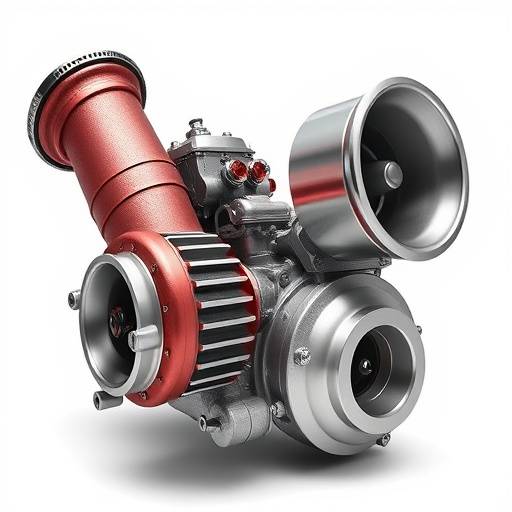
Brake pads and rotors are critical components in a vehicle’s braking system, working together to slow down or stop the wheels and ensure safe driving. Brake pads, which are typically made of organic materials, carbon, or metal, are pressed against the rotor when the driver applies the brakes. This friction generates heat and slows down the wheel rotation, ultimately bringing the vehicle to a stop. Rotors, on the other hand, are solid metal discs that are attached to the wheels. They experience significant wear and tear over time due to constant contact with the brake pads, which can lead to reduced braking efficiency if not addressed promptly.
Regularly inspecting and replacing worn brake pads and rotors is essential for maintaining optimal vehicle safety. Deteriorated pads or damaged rotors can result in longer braking distances, reduced control during emergency stops, and even vehicle stalling. Upgrading to high-quality brake pads and rotors, such as those designed with advanced materials and cooling technologies, can enhance braking performance and improve overall driving dynamics. Additionally, ensuring proper maintenance of air intake systems, cold air intakes, and air filter kits can support the overall efficiency of the brakes by providing clean, optimal airflow to the engine, thereby reducing unnecessary strain on the braking components.
Worn Out: How Brake Wear Affects Performance and Safety
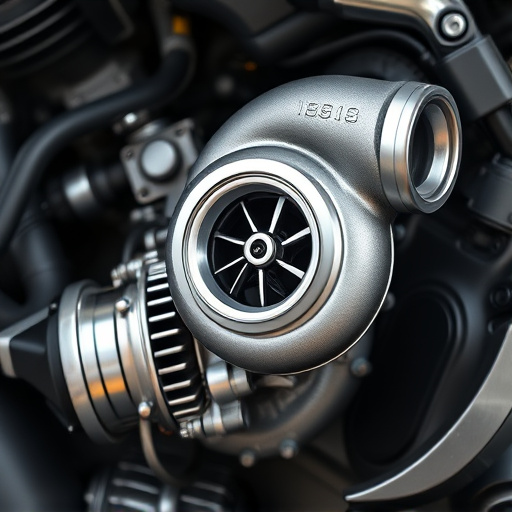
Worn brake pads and rotors can significantly impact a vehicle’s safety and performance. As these critical components degrade over time due to friction and heat, their effectiveness diminishes. This wear leads to longer braking distances, reduced control during emergency stops, and even potential failure to stop altogether in extreme cases. Not only does this pose a serious risk to the driver and passengers, but it also endangers other road users.
Regular maintenance, including timely replacement of brake pads and rotors, is essential. Ignoring these wear items can result in costly accidents and even legal repercussions. Moreover, ensuring optimal condition of air filter kits, air intake systems, and cold air intakes complements the overall health of a vehicle’s braking system by enhancing airflow and cooling, further contributing to safer driving conditions.
Risks and Solutions: Maintaining Vehicle Braking Systems
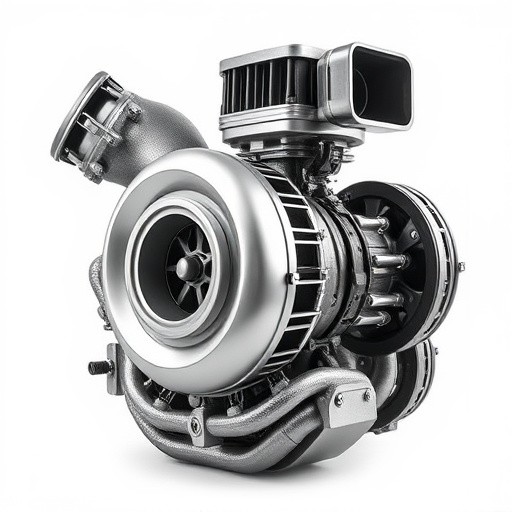
The risks associated with worn brake pads and rotors are significant for vehicle safety. Brake failure can lead to loss of control, increasing the chances of accidents and potential injuries. Regular inspection and maintenance of these critical components are essential to mitigate these dangers. One effective solution is to replace old or damaged pads and rotors promptly. Using high-quality replacement parts specifically designed for optimal braking performance ensures reliable stopping power.
Additionally, upgrading to advanced brake systems such as coilover kits can further enhance vehicle performance and stability. These kits offer precise control over ride height and damping, allowing drivers to adapt to various road conditions, including emergency stops. By addressing brake pads and rotors in a proactive manner, both the safety and overall driving experience of any vehicle are significantly improved.
Brake pads and rotors are critical components of a vehicle’s safety system, and their proper maintenance is essential. Regular inspection and timely replacement of worn-out parts can significantly enhance driving safety, ensuring effective braking performance in all conditions. By understanding the impact of wear and adopting preventive measures, drivers can navigate roads with confidence, knowing their vehicle’s braking system is up to the task.

